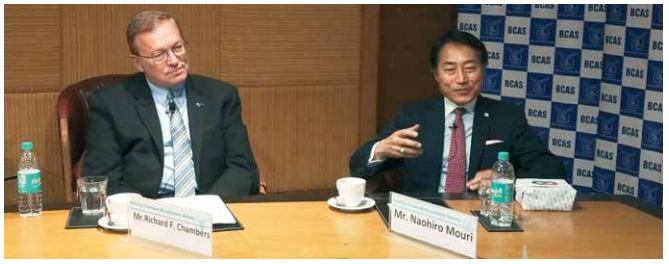- Journal
Journal
Stay abreast with the latest developments in the professional domain along with in-depth analysis through the monthly BCA Journal. Get access to an engaging library of researched publications from the BCAS stable.
Learn More - Resources
Resources
Explore past issues of BCA Journal & indulge in a treasure trove of high-quality professional content across format of print, videos & learning events from the BCAS stable.
Learn More - About
About
Monthly mouth-piece of BCAS, the BCA Journal is a leading publication that has been in continuous circulation for more than 55 years. Over the years the BCAJ has become synonymous with high-quality & authentic content across fields of finance, accounting, tax & regulatory matters. The BCAJ has wide circulation across India & commands huge respect amongst the Chartered Accountants` community.
Learn More - Advertise
- Reach Us
Reach Us
For queries, collaborations, and insights to forge, Drop a line, share thoughts, inquiries galore, At BCAJ, your messages, we eagerly explore.
Learn More - Audio
Audio Version
As part of our AI initiative, this audio summary presents the key points of the BCAJ in just 15 minutes. This well-rounded discussion serves as an ice-breaker, encouraging you to explore the full article or feature in detail from the journal.
Learn More











